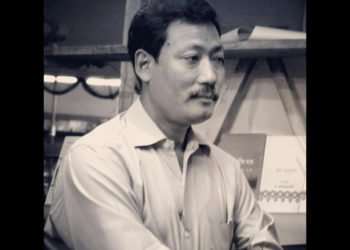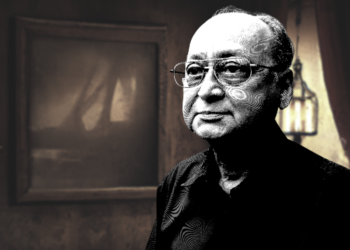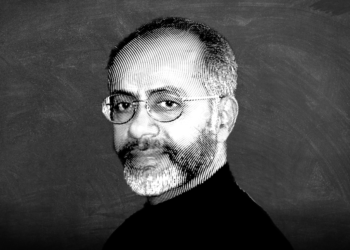
I have not visited the affected places of Delhi riots yet. The migrants mainly inhabit the area. Around 4,500 stand displaced. Being part of several groups, I have been getting live feedback from day one.
Speaking over with hundreds of volunteers, doctors, lawyers, psychologists, donors, political activists, civil society organisations (CSOs) and affected citizens, I have been doing background work on mobilising supplies, which I have been doing for the past two weeks.
Here is what I gather.
The attacks were strategic. It is easy to quell riots by imposing a curfew within a few hours, it doesn’t take three days. The mob attacked the people, property, businesses, which eventually left survivors displaced. When people are internally displaced without identity documents, you know their fate!
On day two, around 2:30 am, we were confronted with the fact that goons were not letting in injured in ambulances at the Al-Hind hospital, where electricity was cut, and gun-shots were heard. Some people were continuously tracking tweets and reporting them to the police as fake news.
I do have a dormant Twitter account, and when a rare user like me was threatened for a simple tweet, you know how widespread the monitoring was! Anyway, I took down my tweet in less than 10 minutes.
People donated generously — many collection points were oversupplied with eatables, medicine, clothes, bedding, sanitary stuff, baby food, and what not. People, irrespective of their faith, are still contributing.
Many injured or hit by bullets did not go to the hospitals to hide their identity, hence avoided any threat from the state. Psychiatrists, meanwhile, have managed to convince many of them to undergo treatment.
I approached a couple of charities mandated to do relief work. They helped in personal capacities and excused any help at the organisational level. Which points to the fact that the charities are run by religious minorities are fearful of offering support.
Since the issue is political, some organisations offered help, while othera preferred to stay at bay. Volunteers along with local administration are trying to rehabilitate people now — they are being provided with home kits. This exercise is assumed to help them start anew, and at the same time therapeutic, in times of distress. It will also ensure better water, sanitation and hygien (WASH) provisions than in camps.
Trust deficit is high. There were cases where people refused to opt for government ambulances and requested for private. There were instances also where families refused relief when it came from the government and accepted when volunteers approached them.
Since this was a strategic attack on business, the priority should be to rehabilitate the affected by helping them set up small/big ventures for sustained income. That will defeat the purpose behind the attacks. A baseline survey is the need of the hour. Civil society volunteers are offering help. However, it should come from the government.
As for access to justice, one is not sure who and what ensures this component. Peaceful women-led protests were yet again turned violent by some notorious men. That brings me to the point that wars are mostly men-made.
Many unsung heroes are offering all the help and are on ground 24 x7. They are not on social media, claiming the credit. They happen to be donors, doctors, legal teams, therapists, some CSO members, activists, community members and an endless list of students — one from Kashmir as well, who felt deeply traumatic, sought psychological help in between, but is working tirelessly.




